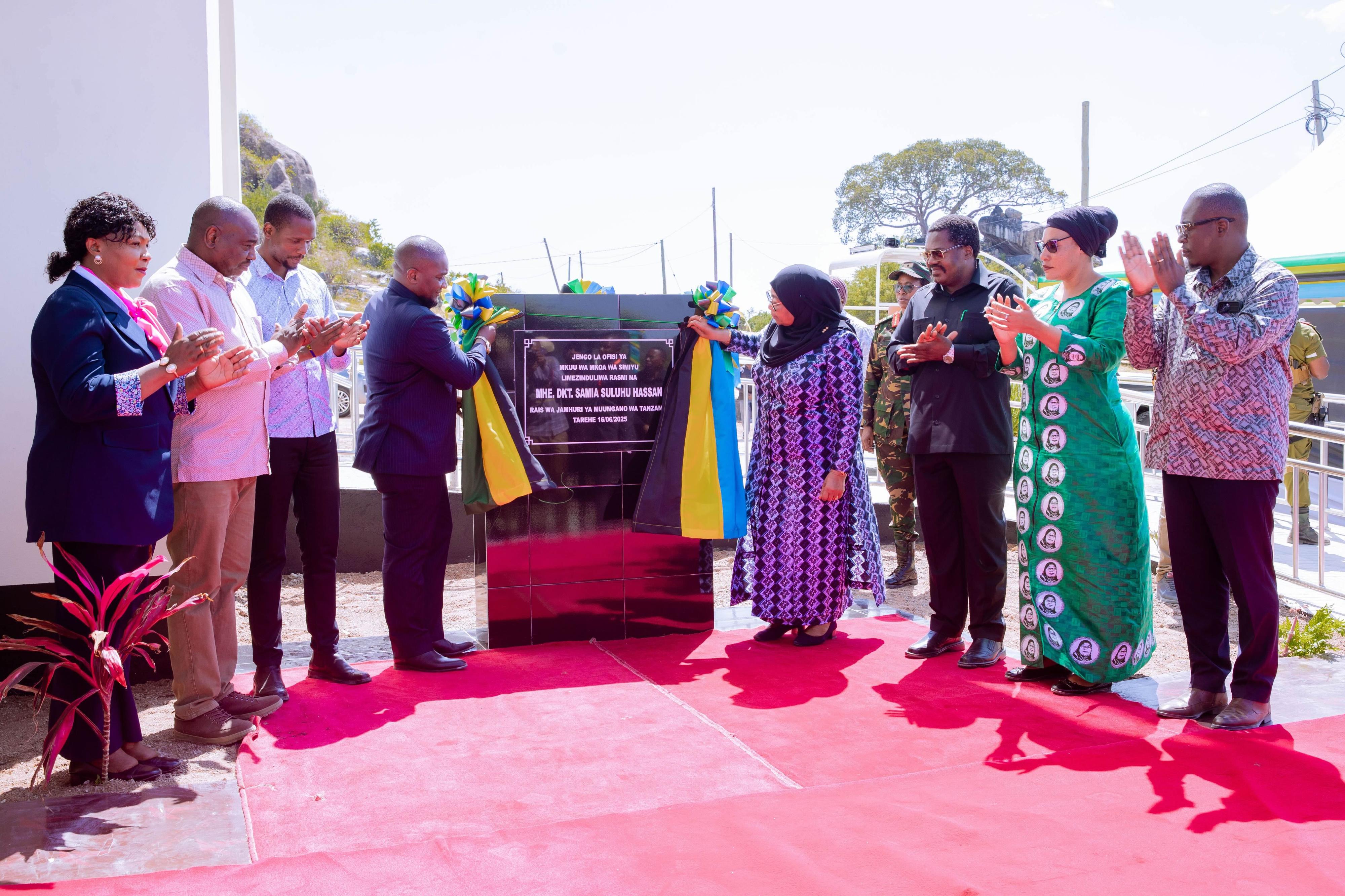Letters from my fatherland: Visiting West Kilimanjaro
What you need to know:
With protected forestation, the grasslands have flourished and there is now an increase in green trees and wild animals.
What a peaceful place it was! Ndarakwai Lodge is a tented camp located in the mountainous location in west Kilimanjaro. Although located on a privately owned ranch, the establishment has made great efforts to maintain and restore the natural forests and wildlife.
With protected forestation, the grasslands have flourished and there is now an increase in green trees and wild animals.
My friends and I spent one weekend there to celebrate a birthday! Of course we were surrounded by beautiful brown hills from one end of the ranch to the next. Other than that, the lodge has done a wonderful job of building aesthetically pleasing campsites. My friends and I were certainly impressed by the environment—clean, peaceful and natural!
At night, we managed to take a night safari with our tour guides and blankets to keep us warm, around the ranch in west Kilimanjaro.
During the night safari we saw plenty of zebras, elands, deer, some giraffes and spring hares, and a few hyenas and wildebeests! Although we were in a land rover, our top was wide open so we were able to experience the atmosphere of the night surrounded by the wild animals.
It was a sight not to be missed! In total, the area is now home to over 70 mammal species and 300 bird species. The next day we also managed to go on a walking safari. During the hike, we managed to see some elephants and giraffes!
For the first time in my life, probably, I was able to closely view some of the most beautiful and most talked about animals of the Tanzanian wilderness -- the elegant giraffes and the huge elephants! The lodge also conducts tours to the local Masaai bomas within the ranch.
Visiting the bomas can give people a real perspective of how the Masaai live and sociliase in their communities. Although my friends and I did not visit the bomas, the Masaai continue to have visitors who are able to learn more about their lifestyles.
One of the important things to note is that Ndarakwai is named so by the Masaai who reside in that area. It is named after the indigenous species of cedar trees that existed in that area before independence and when Tanganyika was a German colony – or may be from time immemorial. Right after independence the area was in danger of rampant poaching and deforestation, which was when the movement towards its restoration began by conservationists who were vested in the growth of the country’s natural resources! Today, the area is full of life—that can be enjoyed and appreciated by many!
All this natural beauty can be seen from the natural tree house that has been created right in the centre of the ranch and walking distance from the lodge. At the tree house, I was also able to enjoy a beautiful sunset, colourful and magical, almost as if it were a postcard!
Overall, Ndarakwai provides visitors with a nice experience that involves animals in the wild, surrounded by the cleanest atmosphere, full of natural trees and lush grasslands.
West Kilimanjaro is generally famous for its ranches and large wheat and barley plantations. From certain locations it is easy to see the not so famous peak of Mount Kilimanjaro – Shira. This is largely a stamp of the true peak that once formed part of the Kilimanjaro.
So, the lodge and west Kilimanjaro area in general are worth visiting—if not to relax and recuperate, then just to enjoy the wild and natural beauty that exists in the mountains of west Kilimanjaro!
Rupal is a Tanzanian-Indian-American pursuing a Master’s Degree in Public Health at Boston University in Massachusetts, US. She was an intern at Pamoja Tunaweza Research Centre and Kibong’oto Infectious Diseases Hospital earlier this year. She writes about her experiences in Tanzania while residing here. She welcomes comments and feedback via [email protected].




